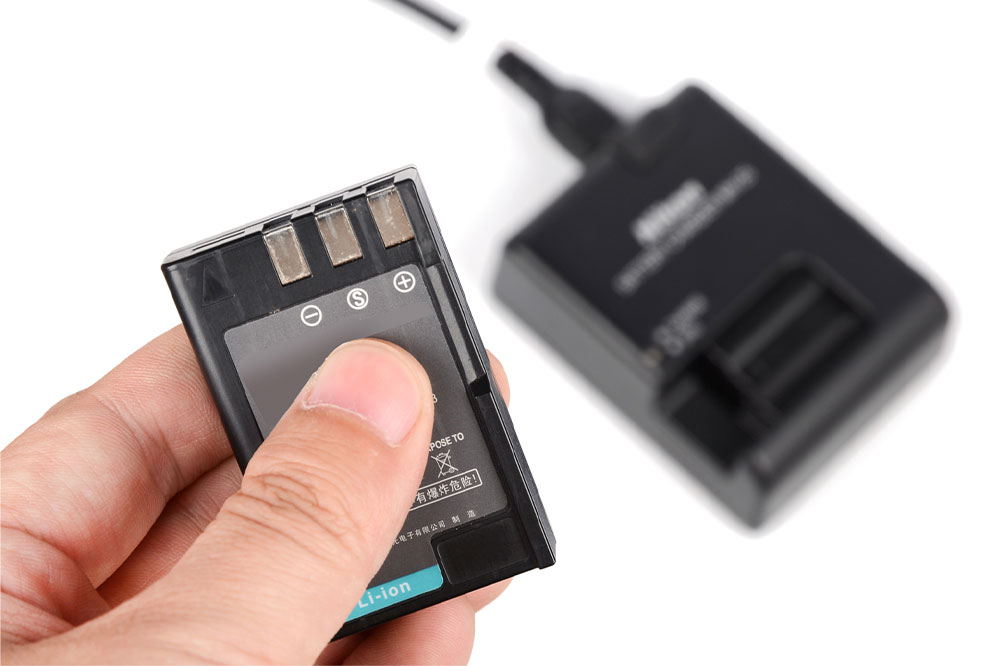
5 common causes of lithium-ion battery failures
Lithium-ion (Li-ion) batteries are rechargeable batteries commonly used in many products, such as electronics, toys, wireless headphones, appliances, electric vehicles, and more. They are considered to have a high energy density; that is, they can store a higher amount of energy in a smaller space. This is one of the biggest reasons behind their popularity, as they can easily be used in smaller appliances and products.
As with most tech devices, secondary lithium-ion batteries have a complex internal structure and design. Secondary batteries are made to be rechargeable, but user negligence, such as overcharging, may impact their reliability and safety. These failures may also be a result of other causes, such as:
Electrical over-stress
The transient suppressors and battery cells within a Li-ion battery are sensitive to electrical overheating. This can lead to internal failures and cause health hazards such as fire. This overheating may occur during the charge or discharge of the cell and can be controlled by installing a control circuit to regulate electric flow within the battery pack.
Thermal runaway
While overcharging is one of the reasons that a Li-ion battery overheats, there are several other culprits as well. Higher temperatures, such as direct sunlight, can significantly increase the pressure on the battery, which causes the electrolyte and metal oxide cathode to break down. This causes gas build-up, which affects all the cells within the battery, causing it to burst into flames. To prevent this, manufacturers generally place Battery Management Systems within the battery packs, which help control overcharging, overvoltage, and over-discharge, to keep the battery running optimally.
Mechanical over-stress
Mechanical stressors or damage to the battery, especially to the cell and the circuit, can also lead to failure. Factors such as the level of mechanical damage, age, ambient temperature, and state of charge govern the cell’s functioning, while any damage to the circuit board can lead to the battery malfunctioning.
These stressors are most common during the shipping and transportation process and may lead to punctures and leakages. These faults may also occur when a Li-ion battery comes in contact with sharp objects or when the casing is damaged. A puncture causes the electrolyte in the battery to leak, which may be dangerous. Those dealing with electrolyte leakage must be cautious, as touching the liquid or electrolyte residue may cause serious damage. In case of a leakage, the battery pack must be placed in a sealable bag, and the electrolyte on it must be cleaned with lemon juice or white vinegar.
Internal defaults
Many times, cells or batteries may default due to internal issues such as manufacturing defects, contaminated raw materials, failed separators, or troubles with the cell design. To reduce these mishaps, batteries are generally put through a conformity evaluation test, where the cell is expected to comply with the industry standards and safety certifications guidelines.
Battery pack swelling
When water or moisture seeps into the battery pack, it may cause swelling. Li-ion batteries do not react well to external moisture and must always be kept in a cool and dry place. Swelling may also be a result of battery age; that is, when a Li-ion battery gets older, the chemicals inside begin to react and produce gasses, which makes the battery expand.
Ignoring a swollen battery can lead to more swelling over time. They are a safety hazard that can lead to a fire or an explosion. A lithium-ion fire is much like a regular fire and can be doused with a foam extinguisher, sodium carbonate, or water. To fix a device with swollen batteries, there are only two options: replacing the battery pack or the entire device itself.
How to deal with a battery pack failure?
Generally, most of these failures can be avoided with a stable Battery Management System (BMS). However, short circuits or aging may cause battery pack failure over time. Contact the manufacturer and seek advice on what to do in case of a battery pack failure. They will provide a step-by-step guide on how to safely dispose of any ruptured batteries or return them to the company. Local waste management groups may also be able to help ensure the safe disposal of the battery packs. General guidelines before dropping off batteries at a recycling center include taping the terminals and sealing them in a plastic bag.


